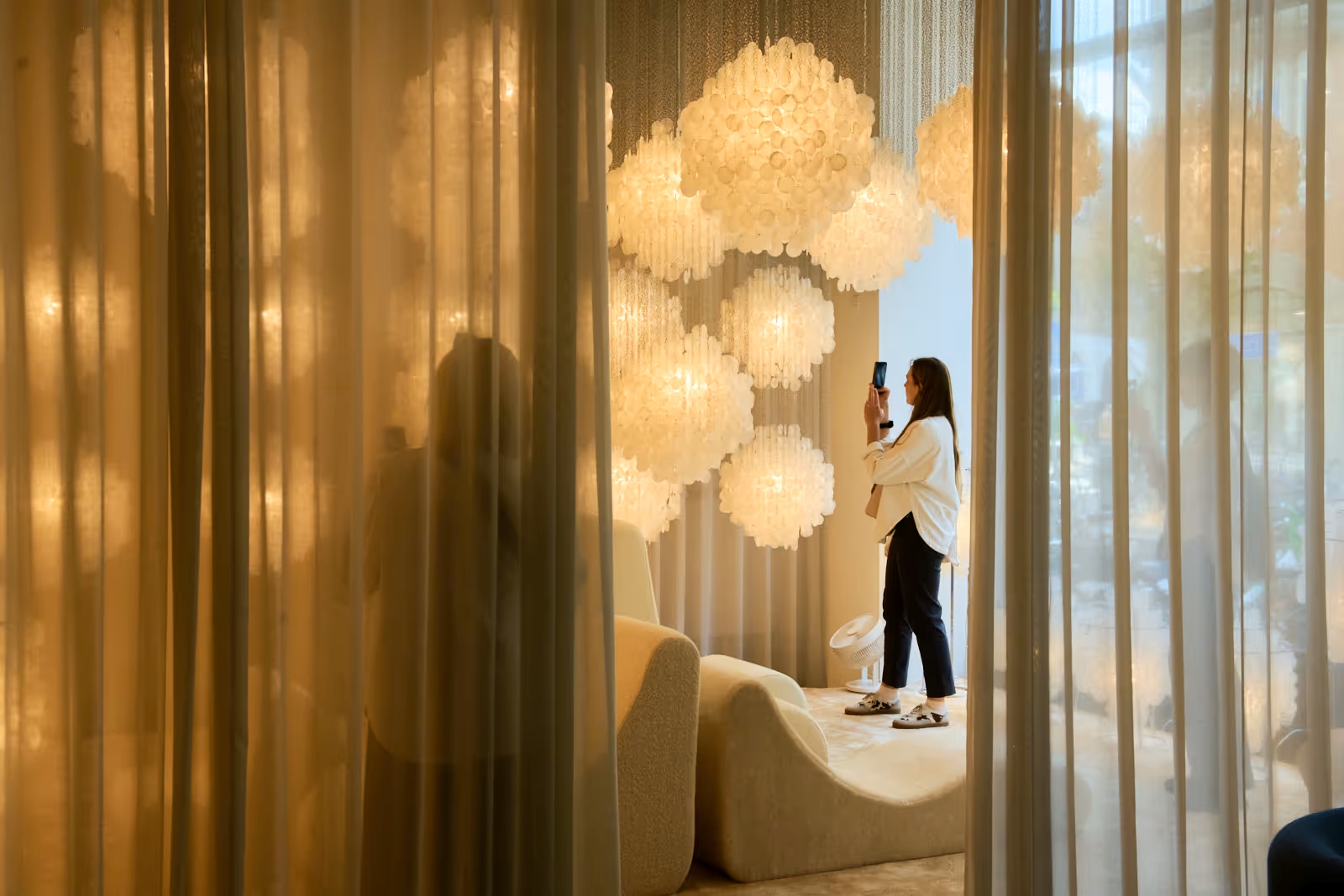In the modern design landscape, emotional design has become crucial in creating engaging and memorable user experiences. Emotional design refers to the practice of designing products, interfaces, and experiences that evoke specific emotions to create a deeper connection with users. This approach recognizes that people interact with designs not just through logic and functionality, but also through feelings and experiences. Here, we explore several examples of emotional design across different domains, highlighting how emotions can be leveraged to enhance user engagement and satisfaction.
1. Technology and User Interfaces
Apple’s Product Design:
Apple is renowned for its ability to evoke strong emotional responses through its product design. The sleek, minimalist aesthetics of Apple products are designed to evoke feelings of elegance and simplicity. The tactile experience of interacting with an iPhone or MacBook—such as the smoothness of the materials and the responsiveness of the interfaces—creates a sense of satisfaction and delight. The design goes beyond functionality to create an emotional bond between the user and the product.
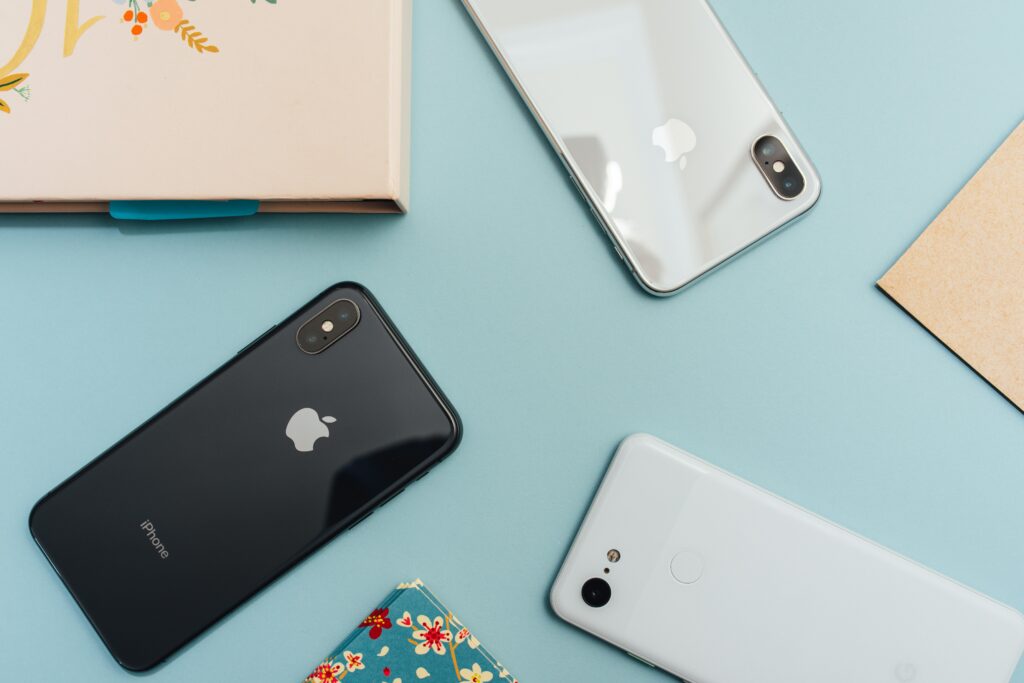
Google’s Material Design:
Google’s Material Design is another prime example of emotional design in user interfaces. By incorporating elements such as shadow, motion, and responsive interaction, Material Design aims to create a more intuitive and engaging experience. These elements not only enhance usability but also evoke a sense of depth and dynamism, making the interaction feel more natural and enjoyable.
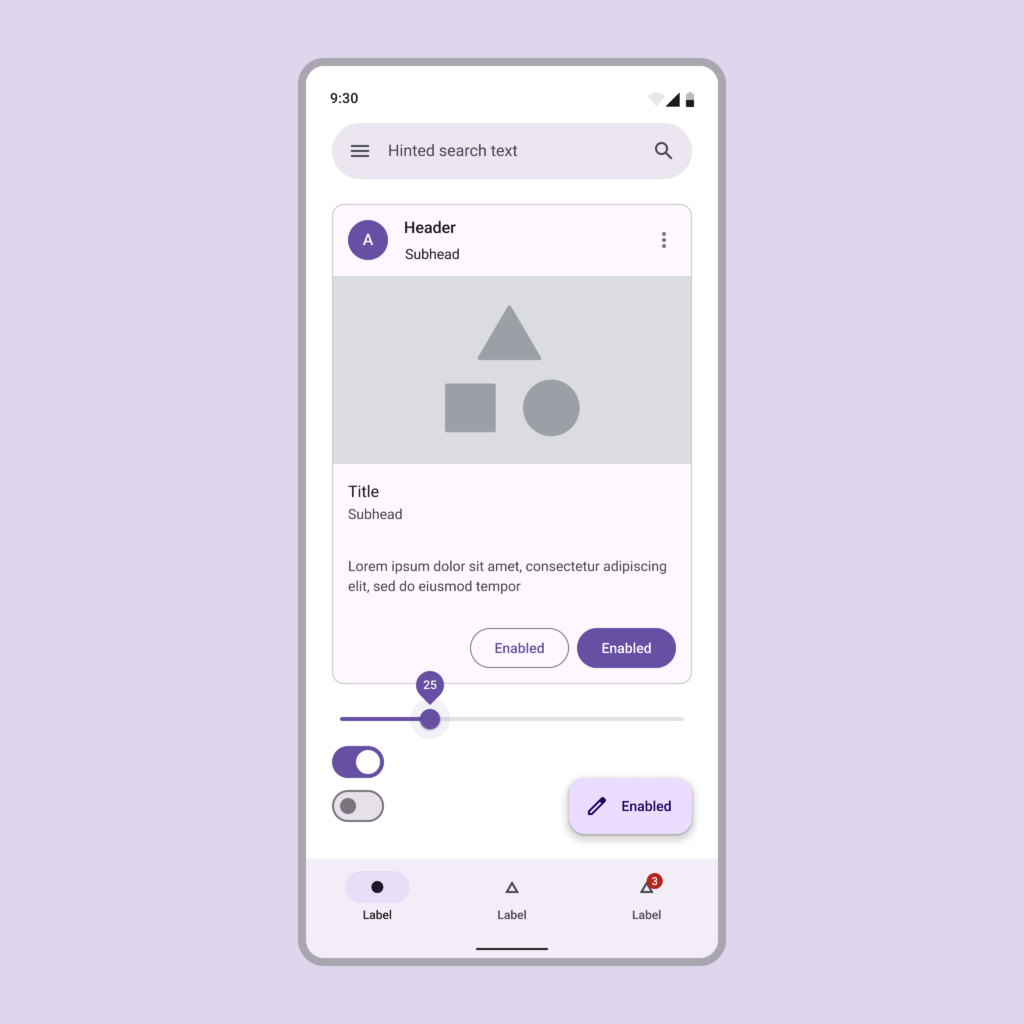
2. Architecture and Spaces
The Salk Institute by Louis Kahn:
The Salk Institute for Biological Studies in La Jolla, California, designed by architect Louis Kahn, is an exemplary case of emotional design in architecture. The use of open spaces, natural light, and serene water features creates a contemplative atmosphere that inspires researchers and visitors. The emotional impact of the design fosters creativity and reflection, enhancing the overall experience of the space.
The High Line in New York City:
The High Line, an elevated linear park in New York City, transforms a former railway into a vibrant public space. The design incorporates elements of nature, art, and urban life, evoking a sense of tranquillity and community. The emotional experience of walking along the High Line—amidst gardens, art installations, and views of the city—creates a unique and memorable urban experience.
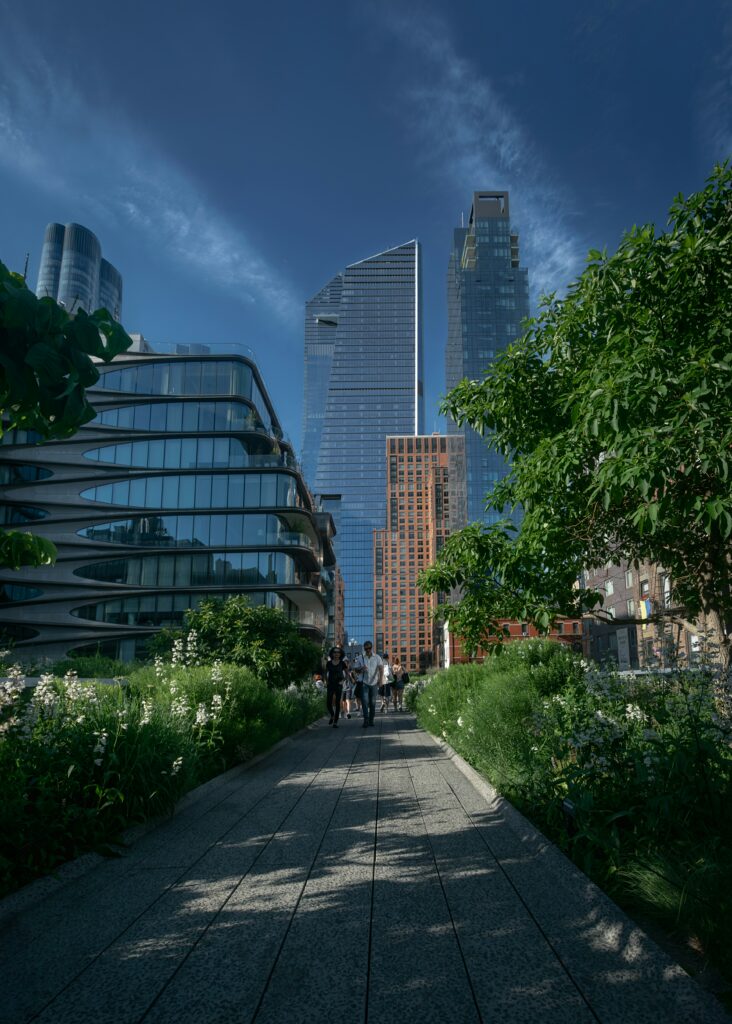
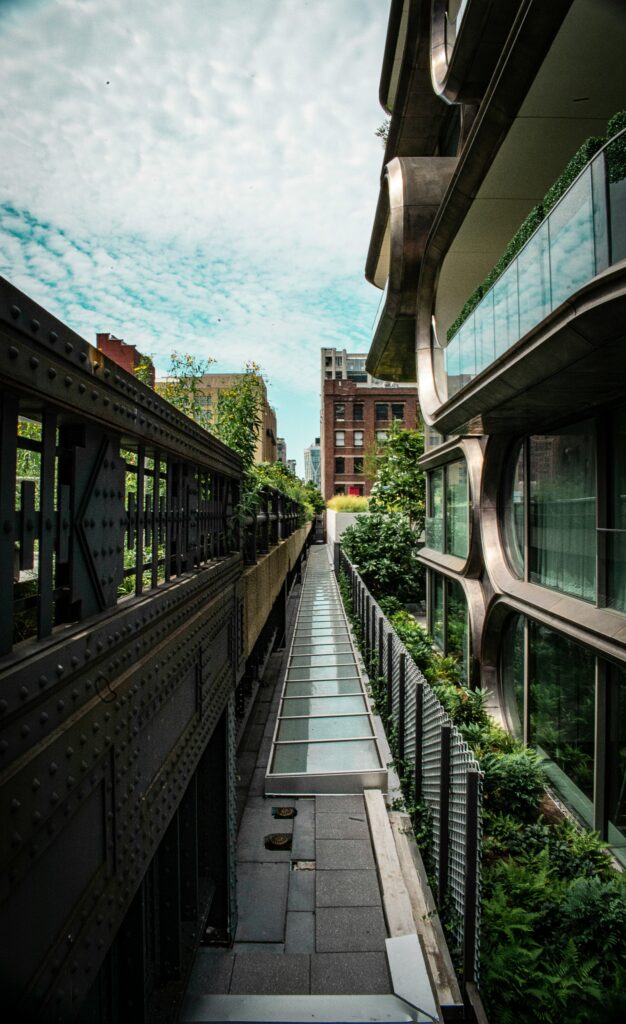

3. Product and Industrial Design
Muji’s Minimalist Products:
Muji, a Japanese retail company, emphasizes simplicity and minimalism in its product design. The understated aesthetics and functionality of Muji products evoke feelings of calm and order. This emotional response aligns with the brand’s philosophy of creating a clutter-free and harmonious living environment. The emotional design of Muji products brings instant happiness to custgomers.
Tesla’s Electric Cars:
Tesla’s electric cars are designed to evoke excitement and innovation. The sleek, futuristic design, combined with the promise of sustainable transportation, creates an emotional appeal that resonates with environmentally conscious consumers. The driving experience, characterized by smooth acceleration and cutting-edge technology, further enhances the emotional connection between the driver and the car.
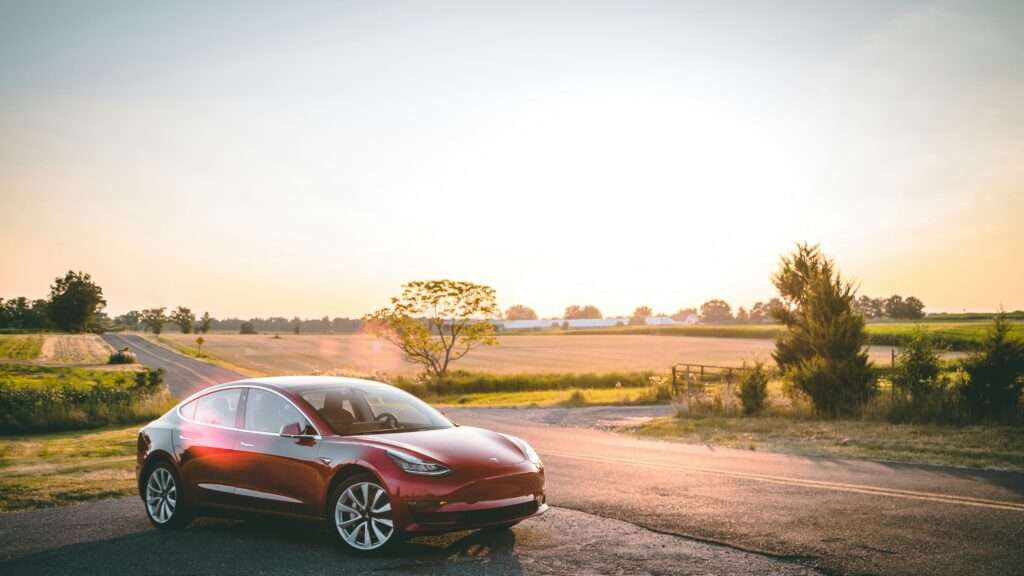
Celebrating World Industrial Design Day
Observed annually on June 29, World Industrial Design Day® (WIDD) celebrates and recognizes the power of design to strengthen economic, social, cultural, and environmental development around the world. Established in 2008, it represents the first international day of observance created uniquely to highlight the merits of the industrial design profession and its impact on quality of life. As an open-source program, WIDD engages the global design community under the banner of a different theme each year, encouraging the development of design-led events, activities, workshops, competitions, and exhibits.

Emotional design is a powerful tool that can transform user experiences by fostering deeper connections and resonating on a personal level. Whether through the intuitive interfaces of tech products, the inspiring spaces of architectural wonders, the engaging narratives of branding campaigns, or the thoughtful simplicity of everyday items, emotional design enriches our interactions and enhances our relationship with the world around us. As we celebrate World Industrial Design Day, it’s clear that the most impactful designs are those that touch the heart as well as the mind.


